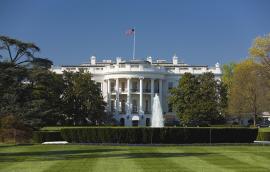Trump Policy in the Middle East: ISIS
This brief on the Trump administration's approach to the battle against ISIS is the first of a three-part series on America's foreign policy in the Middle East. Subsequent reports will examine U.S. policy in Syria and the intensified competition between Iran and traditional U.S. partners in the region, notably Saudi Arabia and Israel.
Joe Barnes, Robert Barron January 29, 2018








